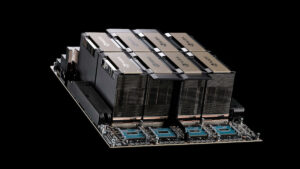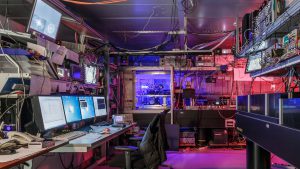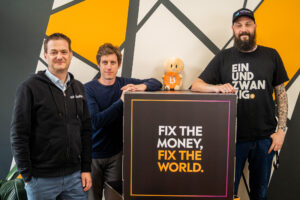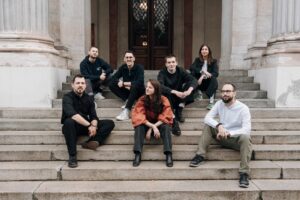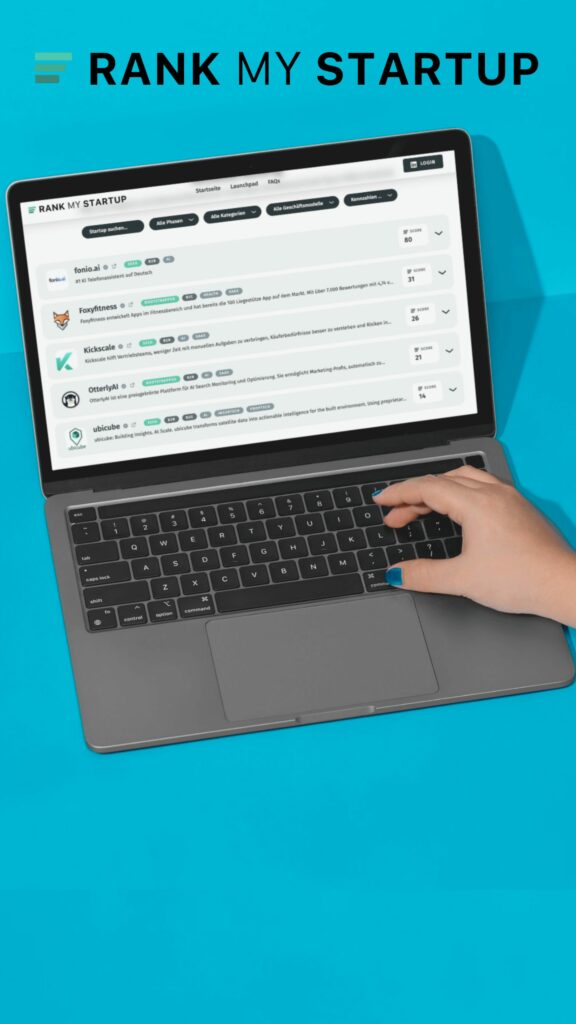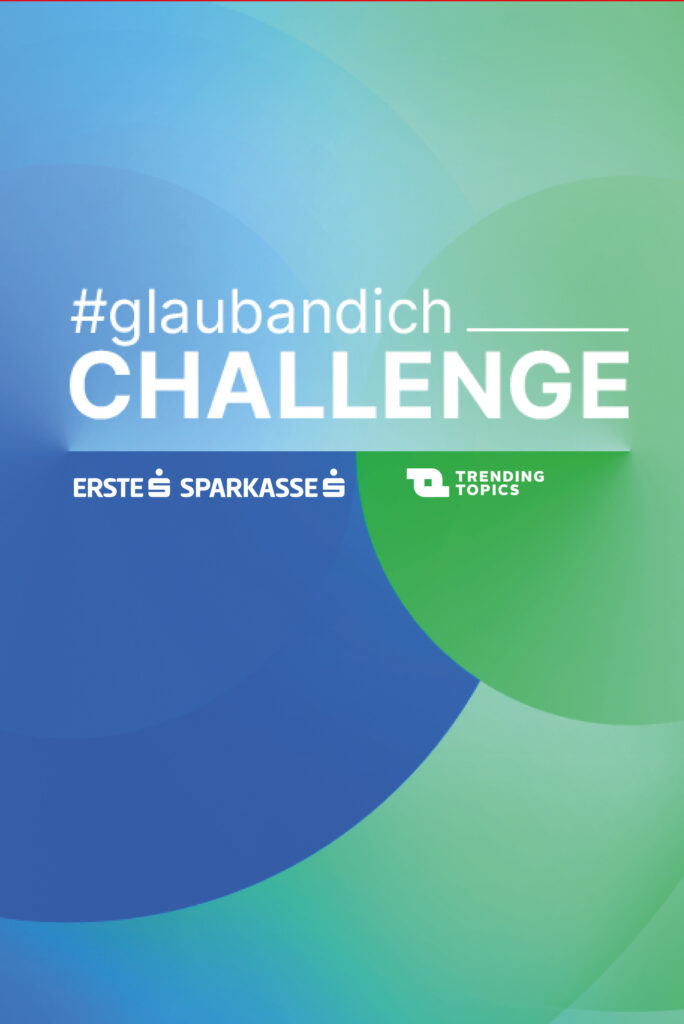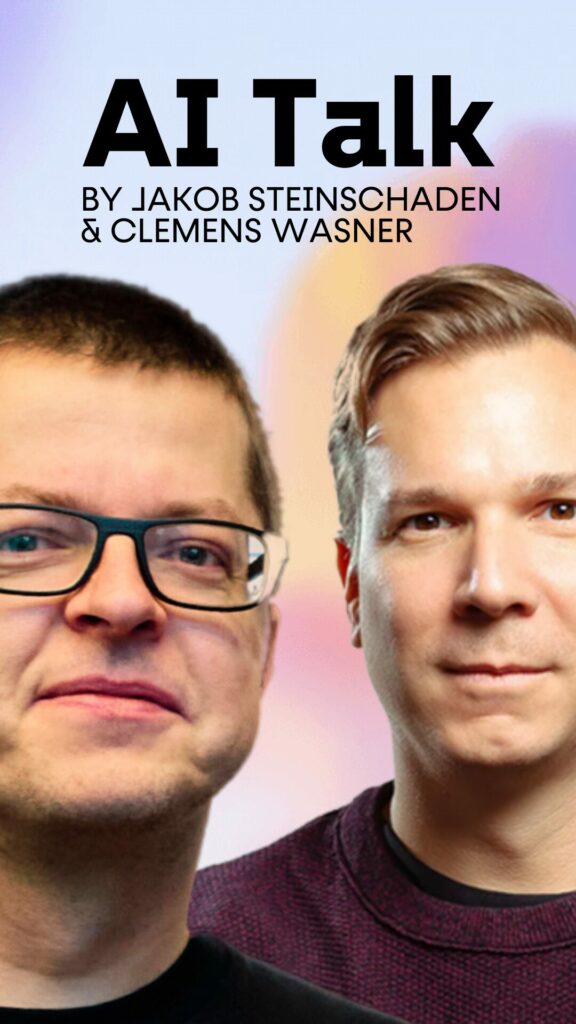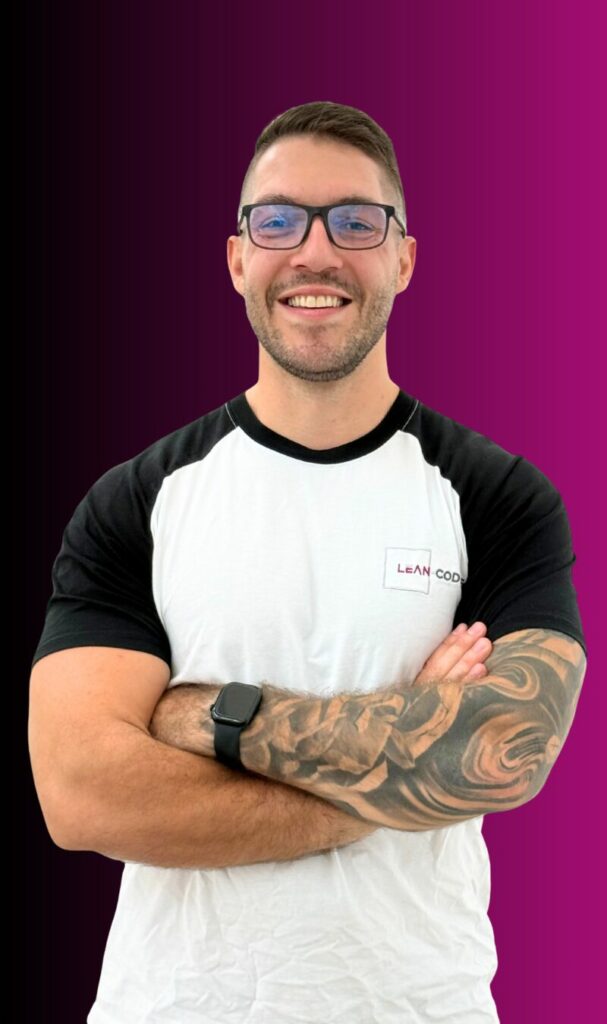infrared.city: „We make climate simulations accessible to architects and planners“
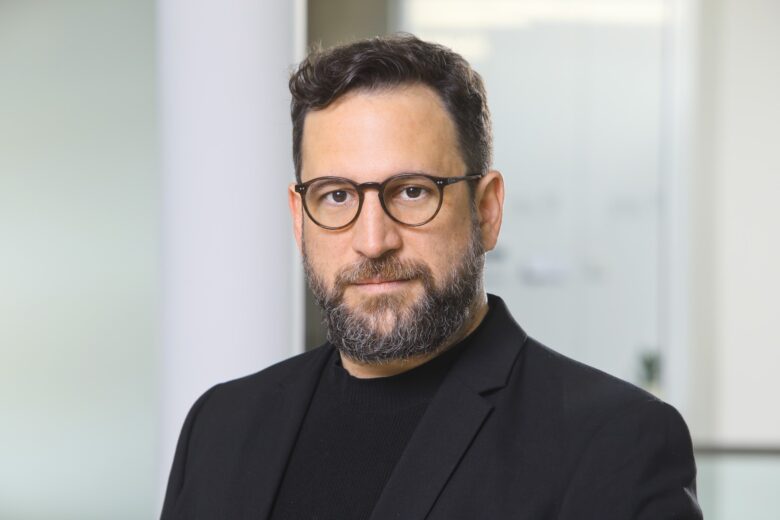
The startup infrared.city aims to be part of the future of climate simulations. It has created an AI simulation service capable of visualizing real-time wind speed, wind comfort, solar radiation, and sunlight hours. Compared to other climate simulation models on the market, infrared.city’s solution enhances the ability to interpret and communicate results. Originating from the field of climate science, the startup is now preparing to release its restricted BETA version to a broad target group.
Startup Interviewer: What does your startup do?
Angelo Chronis: infrared.city makes climate simulations accessible to architects and planners. Our AI-driven simulation-as-a-service model can slash costs and time, democratizing climate simulations so that we can design and build more sustainable buildings and cities. We are four founders: Angelos Chronis, CEO of infrared.city; Christos Chatzakis, our CTO; Oana Taut, our CPO; and Theodore Galanos, our AI expert.
What’s the story behind your startup? How and why did you get started?
infrared.city started as a research project at the Austrian Institute of Technology. As scientists and researchers specializing in AI and data-driven sustainable design, we developed a groundbreaking AI model for wind simulations. It soon became popular, leading to our Minimum Viable Product (MVP) and eventually to us spinning off infrared.city as a company to scale up our solution and deliver it to the entire world.
It’s interesting to hear how an academic project can evolve into a business. What sets your startup apart from the competition? What is your USP?
It’s composed of three main components: our world-leading research and development on AI models and climate-aware design, our open and inclusive integration approach aimed at serving simulations to every design system, and our intuitive and interactive visualization of results.
What technologies are you using, and what proprietary tech have you developed?
All the simulation prediction models we use are our own. We develop methods to produce our own simulation data and train our models with that data. We use open-access climate statistics to define the climate conditions of each location, but we don’t rely on external data for our models.
Who is your target audience and how do you reach them?
Our solution can be used by anyone who needs to understand the climate impact of the built environment. This includes developers and land use experts, policymakers and municipalities, architects, planners, engineers, smart city and smart home technology providers, and real estate professionals. Fast and intuitive climate simulations can change the way we value the built environment, shifting the focus from economic value to climate impact.
Can you tell us about your startup’s financial situation? Have you received investments so far?
We have recently raised our pre-seed round of 1 million euros from five investors: xista, 2bx, Heartfelt Capital, Antler, and P3A. We are now focused on building our first commercial product to be released in the fourth quarter of 2024.
Can you explain your business model to us? How does your startup generate revenue?
We are a software-as-a-service, or more precisely, a simulations-as-a-service startup. We aim to provide very affordable licenses for the use of our product.
What are the next steps for your startup? Do you have specific goals for the future?
Our team is working hard towards our commercial release later this year. At the same time, we are building a vibrant community of professionals and enthusiasts of climate-aware design, bringing cutting-edge topics to open discussion.
Do you have any advice for other startup founders?
Everyone describes a startup as a rollercoaster—with ups and downs. But like every rollercoaster, if you trust your plan and value your objectives, it should at least be fun!
















